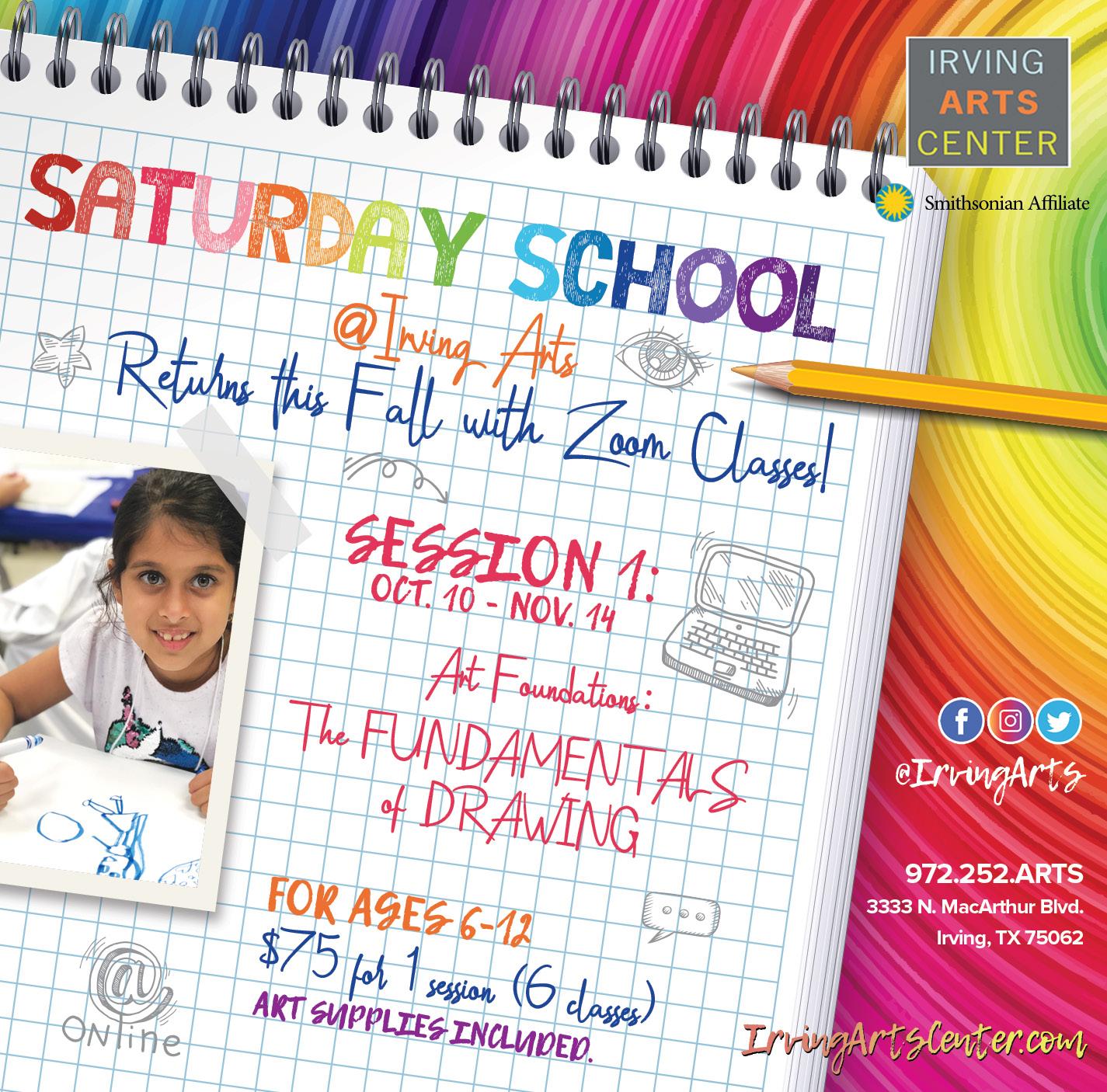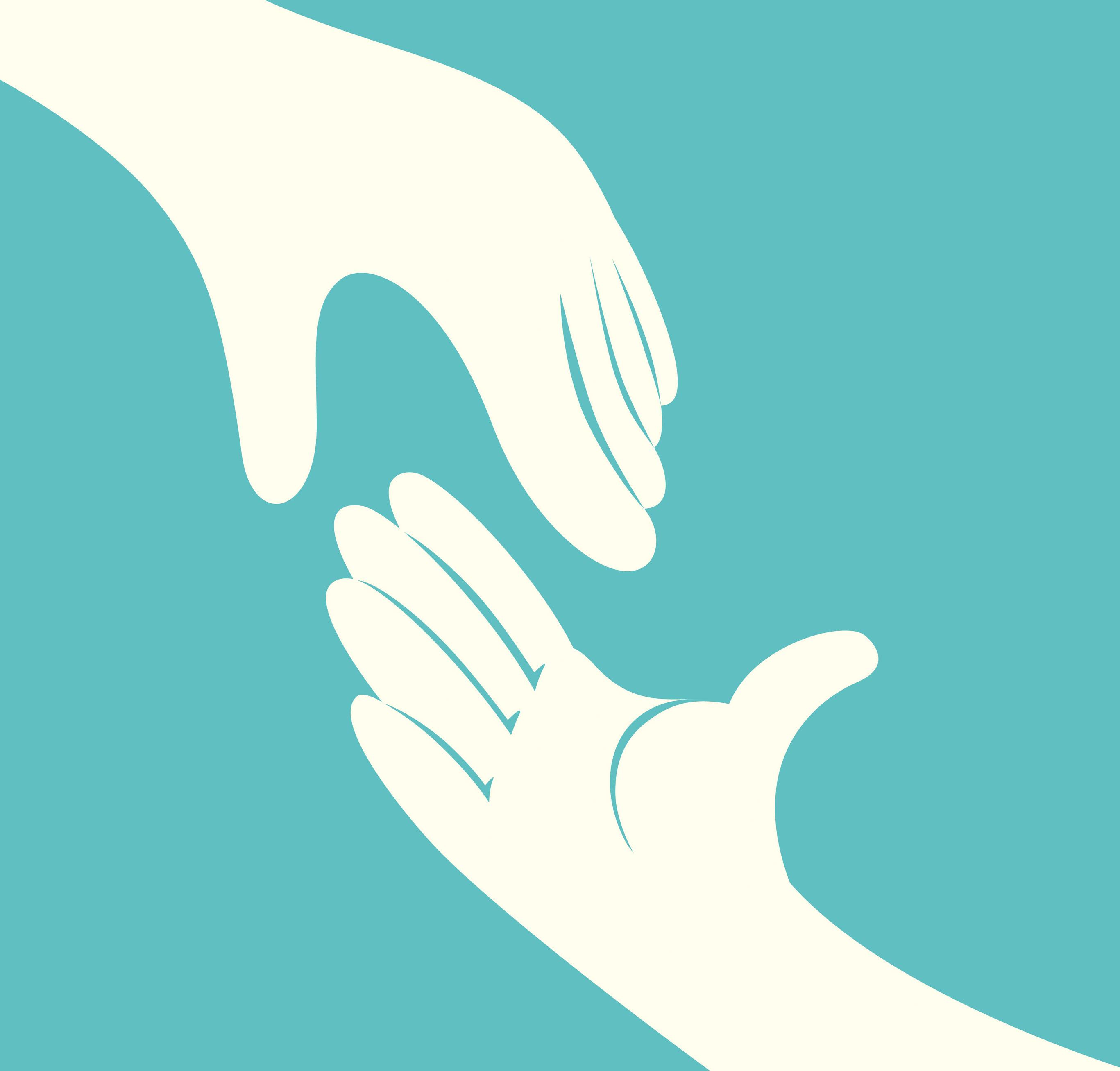
6 minute read
The Right Track
by DFWChild
noted.
THE RIGHT TRACK raising kids with moral courage
Advertisement
ADENTON COUNTY BOY NAMED BLAKE LEONARD made headlines not too long ago after he found a bank bag containing $4,000 in cash and checks in a parking lot. He immediately told his dad they should turn it in, and the pair headed off to the Flower Mound Police Department to do just that. The owner, tracked down just hours later, was beyond grateful for the money’s return; it ended up belonging to a youth sports league. In media interviews, then-11-year-old Blake said simply that turning in the money was the right thing to do.
We’d all like to think our children would have the same reaction. But kids are … kids. Much is made of the fact that the area of the brain that controls higher functions doesn’t fully develop until adulthood. (And even so, there are plenty of adults out there who wouldn’t have done what Blake did.) So how do we foster moral courage in our kiddos?
Globally inspired. Distinctly different.
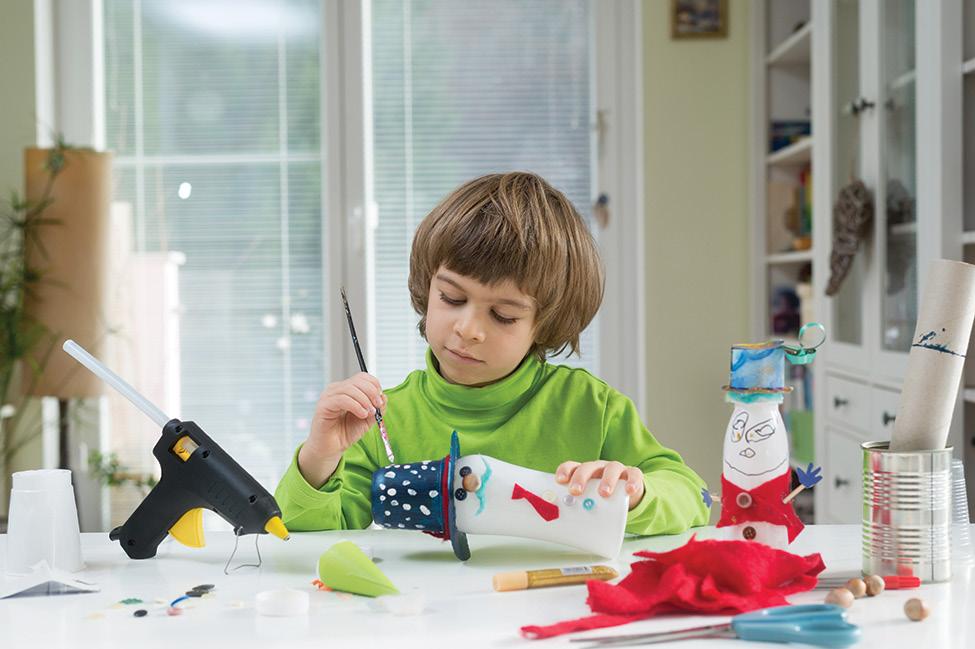
Languages and more
Daily online activities for students ages 5 and up
•••••• Weekend on campus classes for all ages
•••••• Online classes for adults
972-991-6379

dallasinternationalschool.org/campslanguages
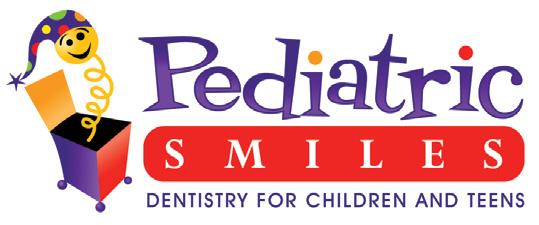
ACCEPTING NEW PATIENTS
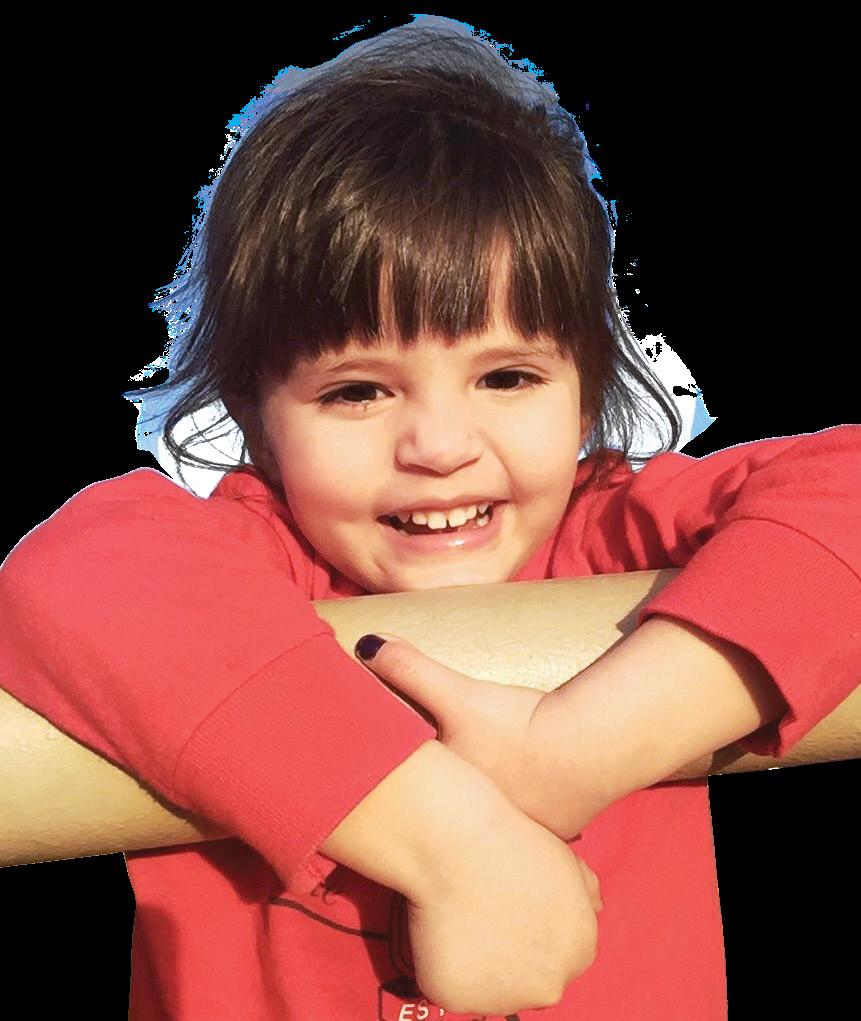
SH 121N
START ’EM YOUNG books that have an element of moral courage A child’s actions don’t need to make the (see sidebar, below right, for some of our news in order to demonstrate that they’re picks); involving the whole family in volunliving a “do the right thing” kind of life. They teer projects, as the Carters do; discussing can show honesty, integrity, kindness and scenes on TV where honesty and integrity related qualities in their day-to-day activicome up, and asking your child what they ties. Colleyville mom Michelle Carter takes would do; and with teenagers, watching the great pride in 11-year-old daughter Priscilla’s news and talking about what you see. It’s all empathy for children around her. “She stands about taking advantage of daily activities. up for new kids in school,” says Carter. “[Look] for teachable moments,” McCage “We’ve moved around, so Priscilla explains. “It is habit-forming and knows how it feels. One day, she will come more naturally to saw a new girl at recess alone, them as they mature.” and she went and talked to her so she wouldn’t be by STAND UP, STAND UP herself.” Toni Randle-Cook’s
Carter thinks her 7-year-old daughter has daughter came by no problem interventhat care for others ing when she sees an naturally. “Priscilla has injustice. “Ansley saw always noticed people in a little boy using a toy the world who need our alligator to hit another help,” she explains. Still, child. She approached the it’s a quality Carter and her boy and told him, ‘Stop!’” husband praise and encourage. recalls the Arlington mom. In this “We try to foster case, it didn’t have the those emotions in our children and give them the tools “YOU CAN intended effect: “The boy turned around and hit her!” says to help others.” For their family, TEACH Randle-Cook. “Ansley then took it above the that means regular volunteer work. (Carter established the group Little Helpers of Dallas/ WITH YOUR WORDS, BUT bully and went to tell the teacher.” Letting a trusted adult know what’s happening is one of Fort Worth after Priscilla sought CHILDREN the recommendations of the Antiways to contribute to the community.) Volunteering is one way—and a great way—to start developing these characterisWILL LEARN BEST IF THEY SEE Defamation League when it comes to being an ally and not a bystander in a bad situation. “We have to share with our kids that being an ally tics in your child, according to Sam McCage, Ph.D., manager of behavioral health at Cook Children’s. But he notes that before YOU MODEL HONESTY AND isn’t always easy, but it’s important,” says Sherasa Thomas, the ADL’s education direc tor for the Texoma region. Thomas offers these tips for children kids can even walk, you have a job to INTEGRITY.” seeking to be an ally to someone being bullied: do. Children begin • Support the target, absorbing lessons whether you know them about behavior or not. “Show compas“from infancy,” says McCage. “Even babies sion and encouragement to those who are pick up on tone of voice or tension in the targets of bullying behavior by asking if they’re room. While they are still nonverbal, they can OK, going with them to get help and letting see and sense how we react to situations.” them know you are there for them,” notes
As your little grows, there are a variety Thomas. “Ask what else you can do.” of ways to introduce and reinforce concepts • Don’t participate. “This is a really easy way such as respecting different opinions and to be an ally because it doesn’t require you making a positive impact on others. McCage to actually do anything, just to not do certain suggests reading your preschooler picture things—like laugh, stare or cheer for the bad
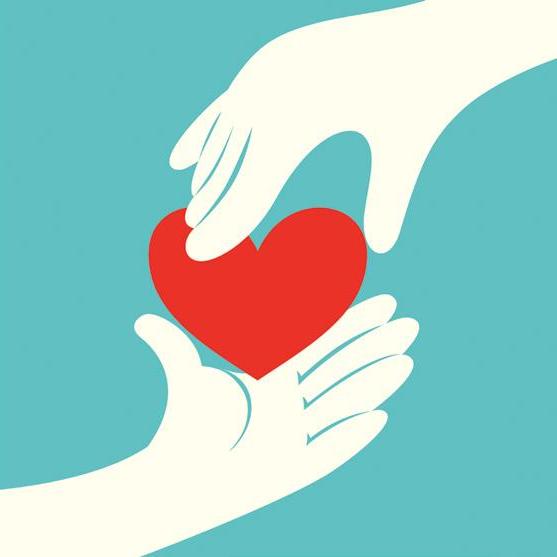
behavior,” says Thomas. By not participat- ing, “you are sending a message that the behavior is not funny and you are not OK with it.” • Tell aggressors to stop. “If it feels safe, tell the person behaving disrespectfully to cut it out,” Thomas says. • Inform an adult. “Sometimes you may need extra help to stop the bullying. Telling an adult when you see someone engaged in bullying is never ‘tattling’ or ‘snitching,’” states Thomas. “And remember, bullying happens online and through cell phones too. Online and offline, do your part to help others.”
Of course, the best way to ensure your child has these sensibilities is to do your part as a parent. McCage explains, “You can teach with your words, but children will learn best if they see you model honesty and integrity, inclusion and standing up for what is right.”
By the Book
Children’s books are a great way to get conversations going with your kiddos about topics of moral courage. Here are some of our favorites:
Ruthie and the (Not
So) Teeny Tiny Lie by Laura Rankin: A little fox finds a treasure that she’s desperate to keep, so she claims that it’s hers—and discovers what a guilty conscience feels like. The Invisible Boyby Trudy Ludwig; illustrations by Patrice Barton: This story encourages children to notice the quiet kids who might get overlooked. It includes discussion points and other recommended reading.
How to Heal a Broken
Wing by Bob Graham: This book shows how one kid can make a difference.
A Bike Like Sergio’s
by Maribeth Boelts; illustrations by Noah Z. Jones: When Ruben finds a $100 bill, a new bike is finally in reach. What will he do? The Spiffiest Giant in Town by Julia Donaldson; illustrations by Axel Scheffler: A giant in need acquires new clothes—but learns that generosity has rewards.
Festivals” – Fodor’s Travel

9/19 - 11/1
Presented by
Over 90,000 pumpkins, gourds and squash come together to form the nationally acclaimed Pumpkin Village. DallasArboretum.org
Dallas, Texas • 214-515-6500
The Dallas Arboretum is a non-profit organization supported, in part, by funds from Dallas Park & Recreation.
